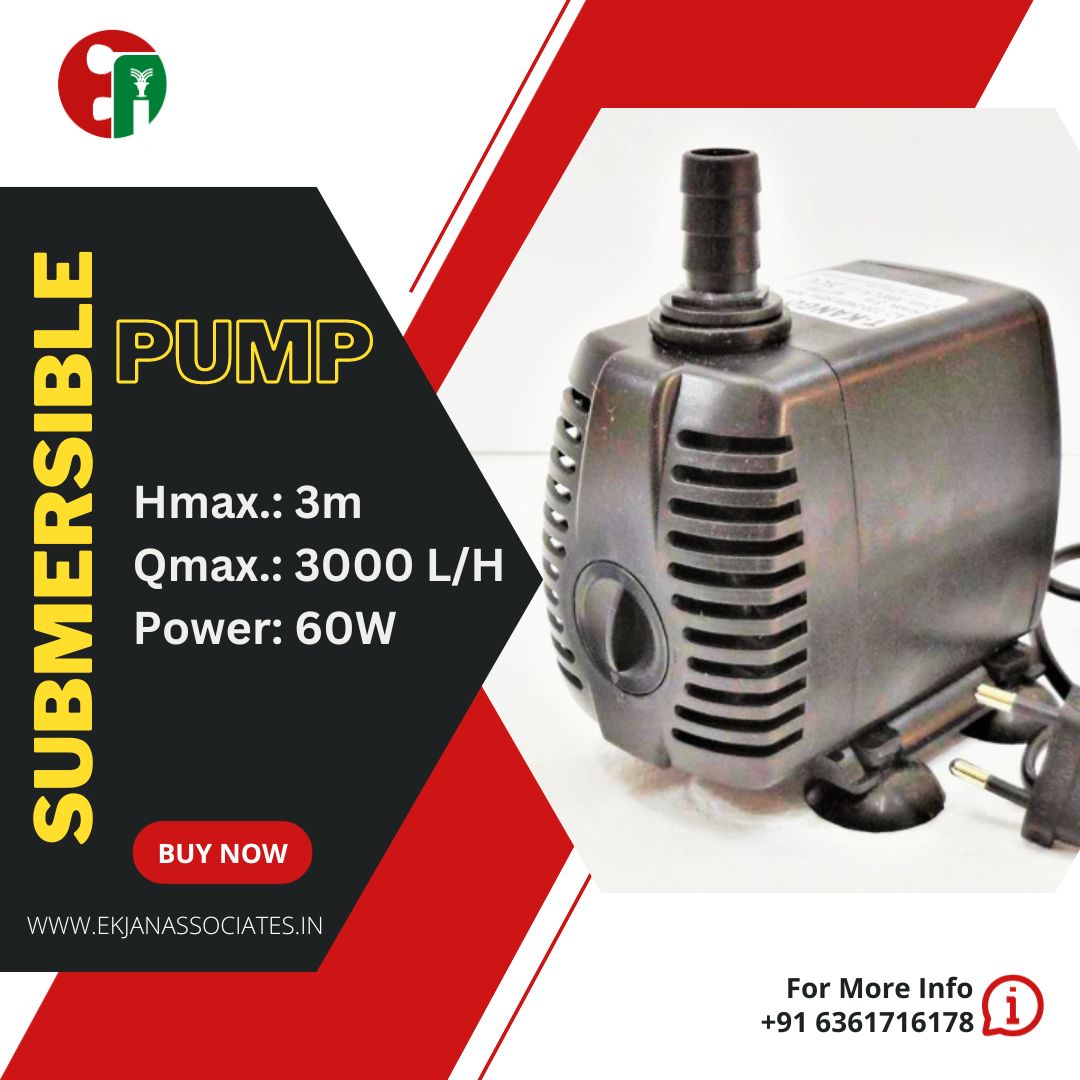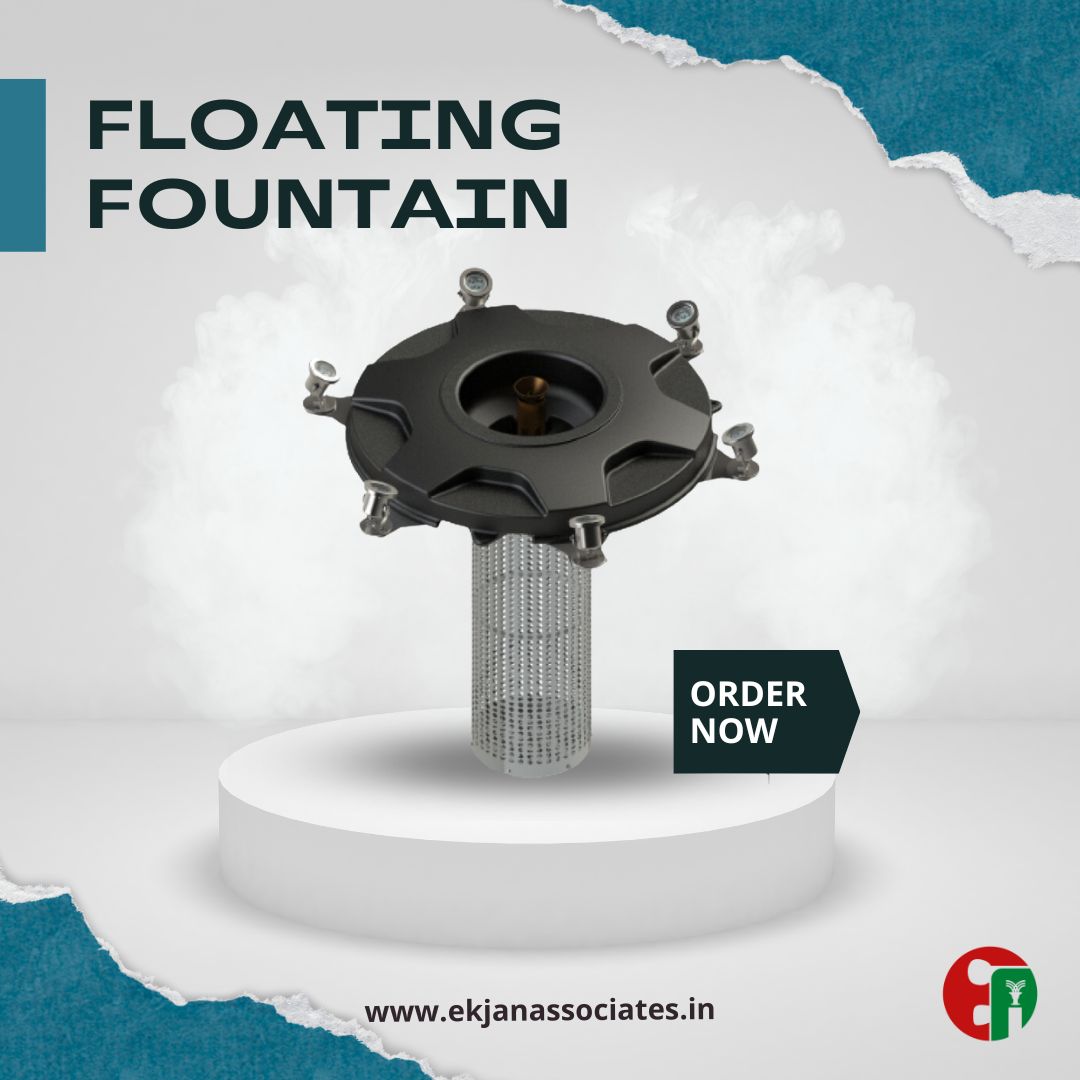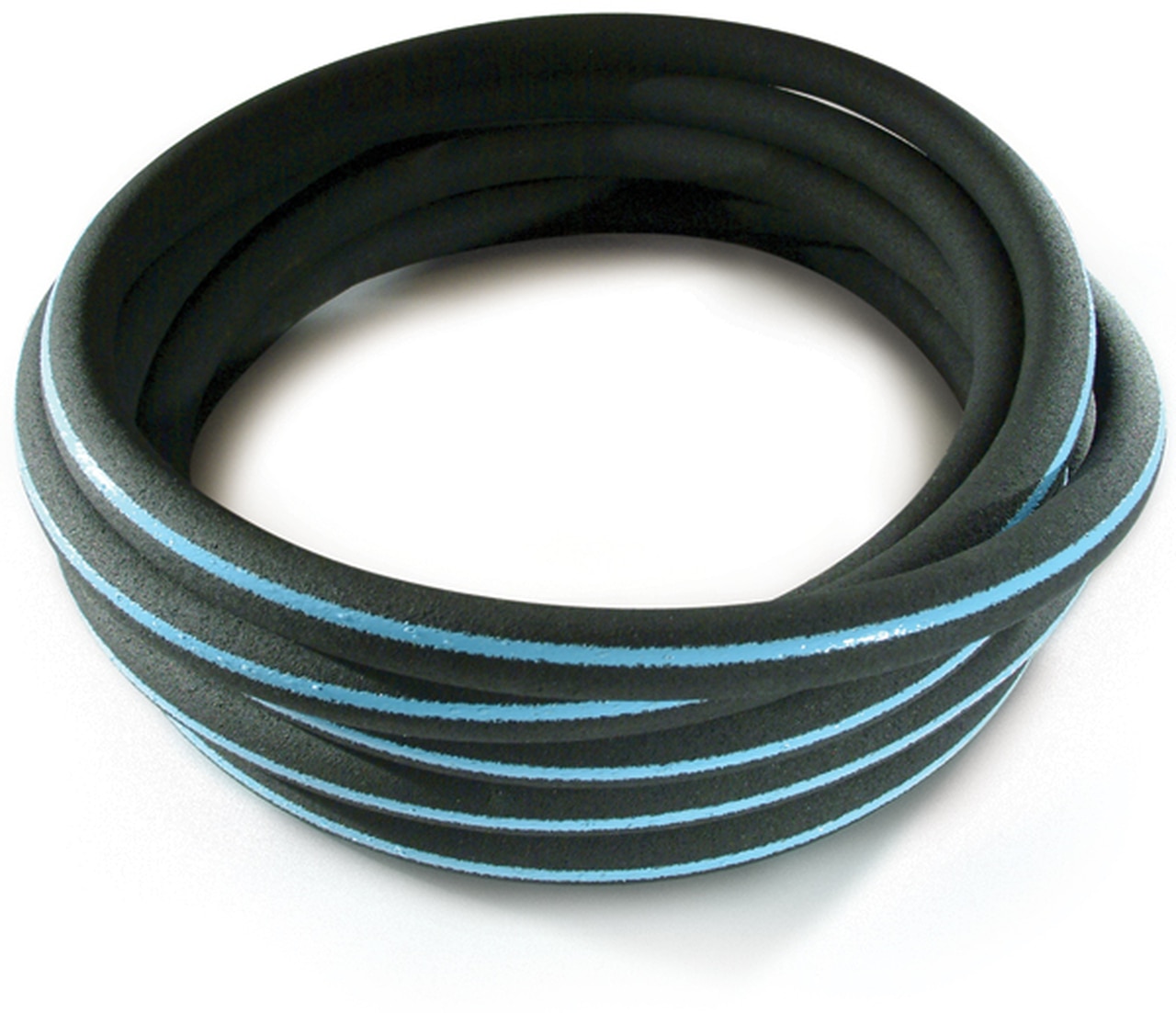Comparing a small 60W pond pump to a monoblock 0.5HP (Horsepower) pump involves considering factors like their capacity, power usage, and intended applications. Here's a comparison of the two: Power Consumption: A 60W pond pump consumes significantly less power compared to a 0.5HP pump. The 0.5HP pump will typically require more electricity to operate due to its higher horsepower rating. Flow Rate and Performance: A 0.5HP monoblock pump is much more powerful and capable of moving a larger volume of water compared to a 60W pump. It is generally used for larger applications such as irrigation, supplying water to a house, or industrial purposes. The 60W pond pump is designed for smaller applications like circulating water in a small garden pond or a small decorative water feature. It has a lower flow rate and is not suitable for high-demand tasks. Application: The 60W pond pump is ideal for small decorative ponds and water features where a gentle and aesthetic water flow is desired. It's not designed for heavy-duty tasks like supplying water to households or agricultural irrigation. The 0.5HP monoblock pump is suitable for larger water transfer tasks, such as filling or draining swimming pools, agricultural irrigation, or providing water pressure for a house. Cost: Typically, the 60W pond pump will be more affordable than the 0.5HP monoblock pump due to its lower capacity and power. Noise: The 60W pond pump is generally quieter compared to the 0.5HP pump, which can produce more noise due to its larger motor and capacity. In summary, the choice between a small 60W pond pump and a 0.5HP monoblock pump depends on your specific needs and the scale of the water circulation task. If you have a small decorative pond or water feature, the 60W pond pump is likely sufficient. If you need to move a larger volume of water for irrigation, household water supply, or other heavy-duty applications, the 0.5HP monoblock pump is more suitable. It's essential to match the pump's capacity to the specific requirements of your project to ensure efficient and cost-effective water circulation.



